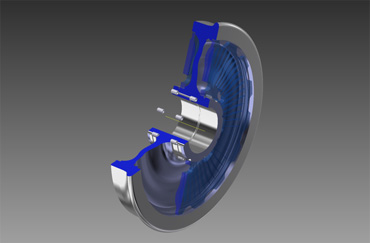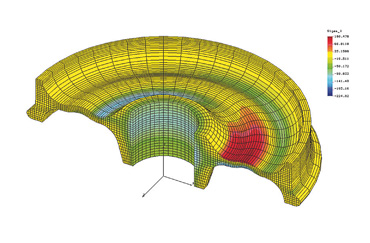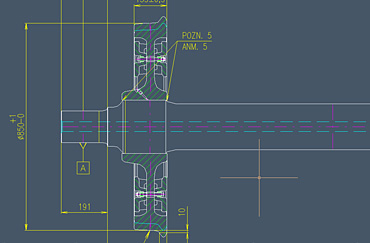Introduction of the design department
GHH-BONATRANS has a team of experienced experts who have the necessary know-how to prepare an actual design of a wheelset and/or its components for passenger (from urban to high-speed) and freight transport. Particular attention is given to special customer requirements. We are able to develop a complete design of new products, drawing documentation, and to verify the design by calculations and homologation test programs.
Elaboration of drawings
We use the Autocad and Ansys software, and the Solidworks 3D software, alternatively. The design is developed in accordance with requirements of the customer and of the respective standards, such as EN, AAR, APTA, IS standards as well as many other standards.
Calculation methods
GHH-BONATRANS verifies designs analytically (for example axle strength calculations) as well as by the finite element method “FEM” (for example wheel strength designs). We have experience with design and calculations according to EN, AAR or GOST standards. Our experts have also developed special calculation procedures, such as design according to AAR S-669, thermomechanical analysis of braked wheels, or calculations of resilient wheels including the effect of rubber segments.
Homologation tests
GHH-BONATRANS has all testing equipment needed to perform homologation tests of wheels and axles, for example
- Material quality tests
- Tests to verify fatigue properties (on small samples as well as full scale tests)
- Tests to verify residual stresses in axles and wheels
- Wheel braking tests







